Description
NORIZEC 1MG TABLET
Indications / Uses :
Adjunct to proper dietary management, physical exercise, and weight reduction to improve glycemic control in adults with type 2 diabetes mellitus as monotherapy or in combination with metformin or insulin.
Administration :
Should be taken with food: Take immediately before the 1st main meal of the day. Do not skip meals.
Contraindications :
Hypersensitivity to glimepiride or any of the excipients of Norizec.
Insulin-dependent diabetes; severe renal or hepatic insufficiency.
Diabetic ketoacidosis with or without coma. Treat this condition with insulin.
Use in pregnancy: Category C: Glimepiride is not recommended during pregnancy. Current information strongly suggests that abnormal blood glucose levels during pregnancy are associated with a higher incidence of congenital anomalies, as well as increased neonatal morbidity and mortality. Most experts recommend that insulin be used during pregnancy to maintain blood glucose levels as close to normal as possible.
Use in lactation: Glimepiride has been shown to be secreted in the milk of rats. It is not known whether breastfeeding will lead to exposure of the human infant to glimepiride. However, other sulfonylureas are excreted in human milk. Discontinue use in breastfeeding mothers because of potential hypoglycemia in breastfeeding infants.
Special Precautions :
Allergic reaction to glimepiride may be experienced by persons allergic to other sulfonamide derivatives.
Increased Risk of Cardiovascular Mortality: Based on a long-term prospective study conducted by the University Group Diabetes Program (UGDP), it has been reported that diabetic patients treated for 5-8 years with diet plus a fixed-dose of tolbutamide (1.5 g/day), a sulfonylurea, had a risk of cardiovascular mortality approximately 2? times that of patients treated with diet alone.
In the United Kingdom Prospective Diabetes Study (UKPDS), however, intensive glycemic control with either sulfonylurea or insulin did not have an adverse effect on cardiovascular outcomes. Despite questions regarding the design of these studies and interpretation of the results, these studies provide a basis for caution especially in high risk patients with cardiovascular disease.
More patients receiving glimepiride and insulin reported an increase in peripheral edema in clinical trials compared with patients receiving insulin alone. Patients using this combination therapy should be asked to report any edema or weight gain.
Hypoglycemia: Since sulfonylureas, including glimepiride, are capable of producing severe hypoglycemia, proper patient selection, dosage and instructions are important to avoid hypoglycemic episodes. Hypoglycemia may also occur when caloric intake is deficient, when strenuous exercise is not compensated by caloric supplementation, during concomitant use with other glucose-lowering agents (eg, other sulfonylureas and insulin) or alcohol, overdosage with glimepiride or unwillingness of patients to cooperate with therapy.
Elderly, debilitated or malnourished patients, those with renal or hepatic dysfunction, and those with adrenal or pituitary insufficiency are particularly susceptible to hypoglycemia. It may be difficult to recognize hypoglycemic states in the elderly, in patients with autonomic neuropathy and in people who are taking ?-adrenergic blocking drugs or other sympatholytic agents.
Loss of Control of Blood Glucose: Loss of control of blood glucose may occur in patients stabilized on any diabetic regimen exposed to stress (eg, fever, trauma, infection or surgery). In such cases, insulin may be added to glimepiride therapy or monotherapy with insulin be used.
The efficacy of any oral hypoglycemic drug may be reduced in many patients over a period of time due to progression of severity of the diabetes or to diminished responsiveness to the drug (secondary failure). In patients who experience secondary failure with glimepiride or metformin monotherapy, combination therapy with glimepiride and metformin or glimepiride with insulin may be beneficial. Insulin therapy should be initiated in patients who experience secondary failure after combination therapy.
Hemolytic Anemia: Sulfonylureas may cause hemolytic anemia in patients with glucose 6-phosphate dehydrogenase (G6PD) deficiency. Use sulfonylureas with caution and consider a non-sulfonylurea alternative in these patients. Hemolytic anemia has also been observed in patients who did not have known G6PD deficiency in post-marketing reports.
Renal and Hepatic Impairment: Treatment with glimepiride (ie, initial dosing, dose increments and maintenance dose) in patients with renal and hepatic impairment should be conservative to avoid hypoglycemic reactions.
Effects on the Ability to Drive or Operate Machinery: Patients who need to perform activities requiring mental alertness or physical coordination should avoid glimepiride since it may cause visual abnormalities as a result of hypoglycemia.
Use in children: The safety and efficacy of glimepiride in children have not been established. Use of glimepiride in children is not recommended.
Use in the elderly: There are no significant differences in glimepiride pharmacokinetics in patients with type 2 diabetes =65 years and those >65 years. Although no dosage adjustment is necessary, elderly patients are more susceptible to the hypoglycemic action of glucose-lowering agents. To avoid hypoglycemia, carefully adjust the initial dose, dose increments and maintenance dose based on blood glucose levels.




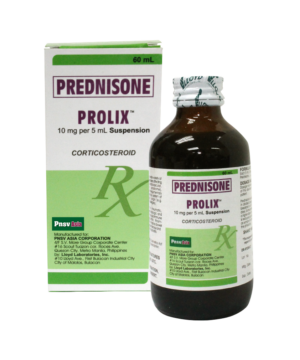
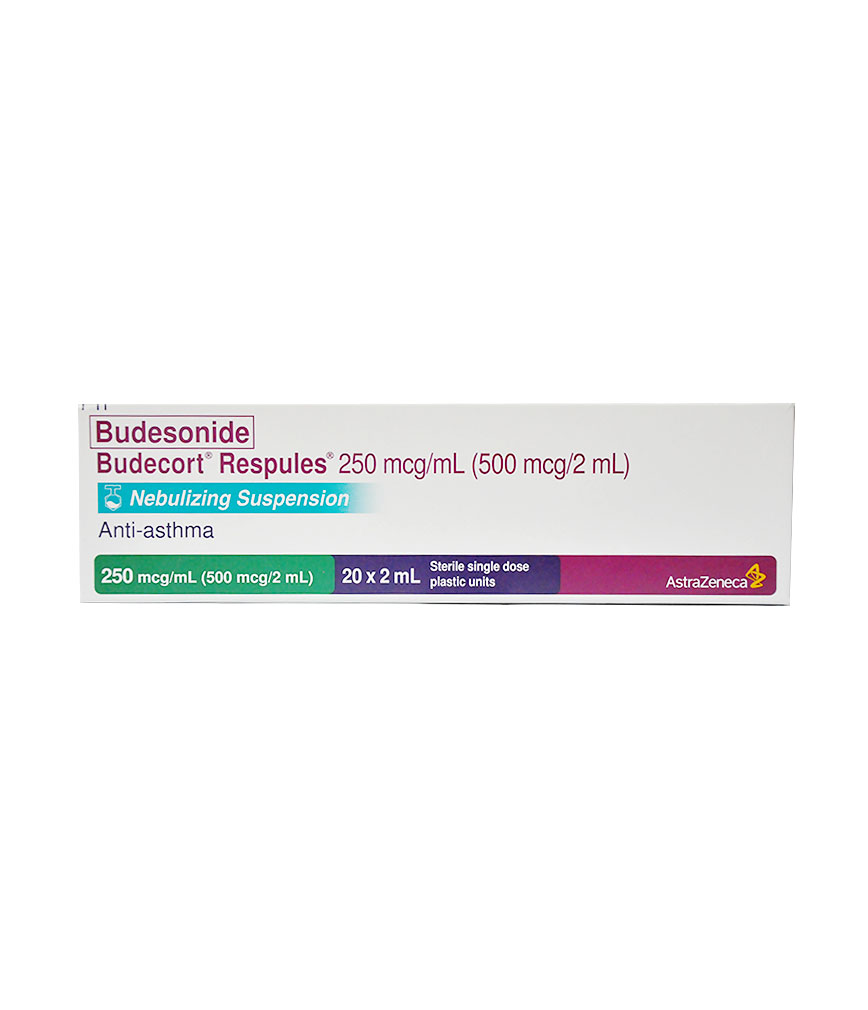


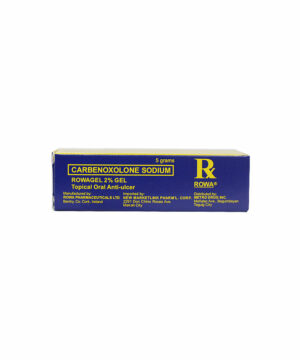
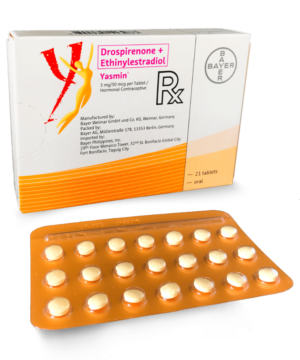
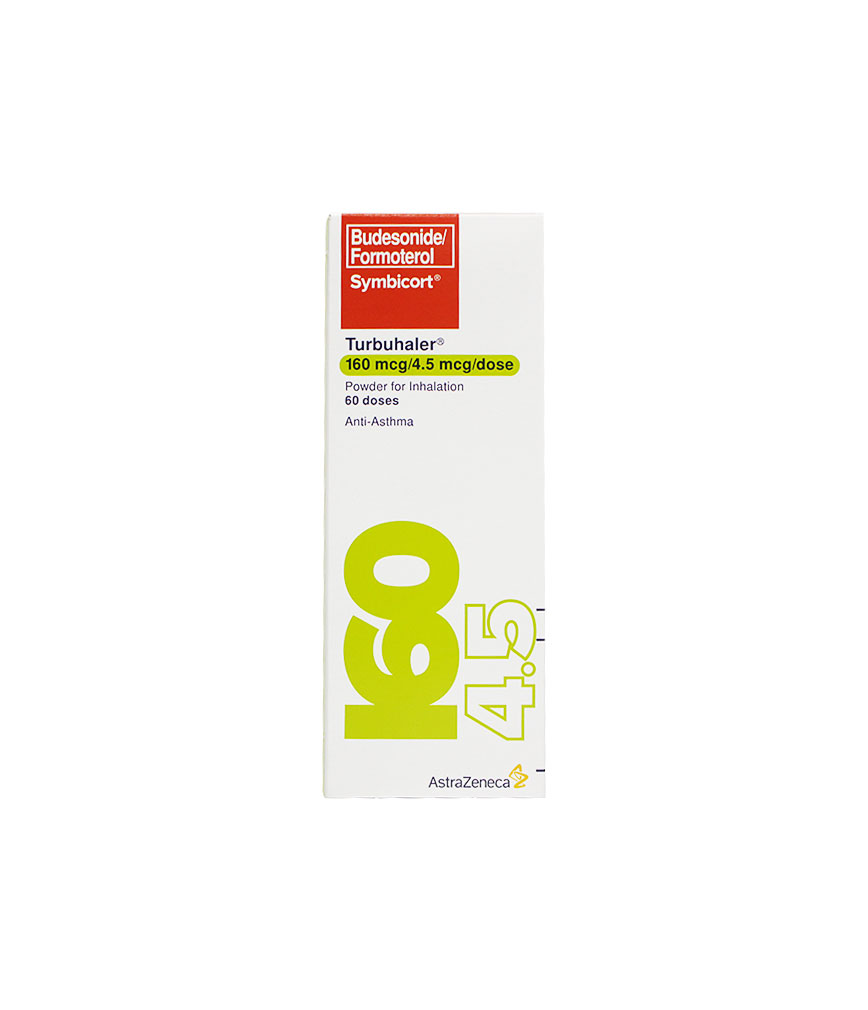



Reviews
There are no reviews yet.